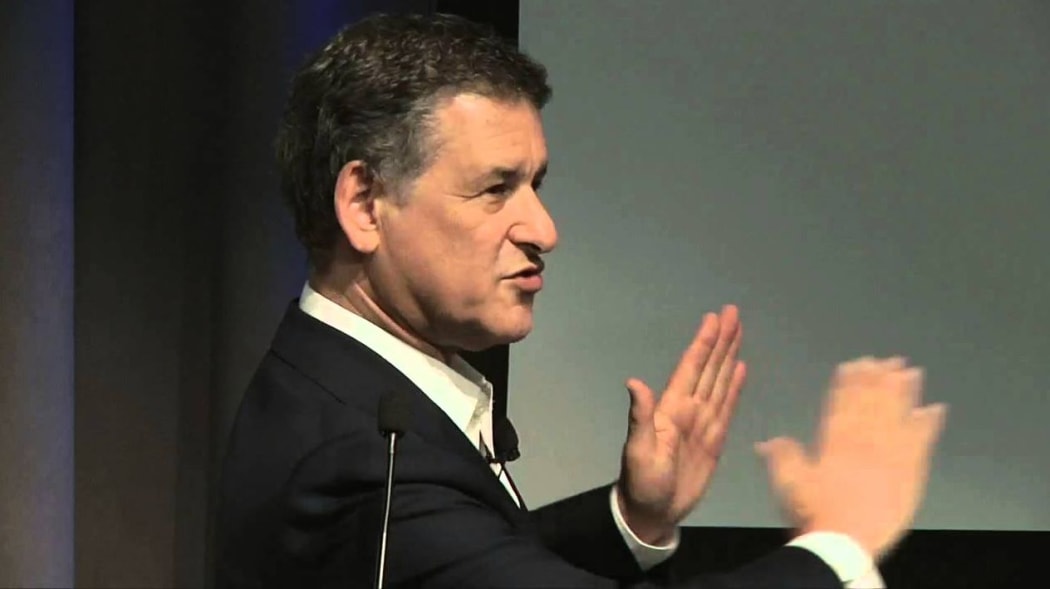You're reading this article right now, but what else are you doing? Are you on Facebook or Twitter? Are you doing work in the background? Distraction is a very modern state of being, but it may have serious ramifications for the way our brains work.

Dr Daniel J. Levitin Photo: YouTube
Our brains may be busier than ever before, with constant Tweeting, emailing, cooking and television watching at the same time.
But neuroscientist, musician and author Dr Daniel J. Levitin says multi-tasking is one of the most damaging illusions of the internet age. In fact, according to Levitin, mult-tasking doesn't really exist - it's a pernicious illusion.
"We think that we're doing all these things at once but the brain doesn't work that way," he said.
"Every three or four seconds we switch to another thing, we are paying attention to one thing and then the next and then the next and then we come back around again to the first. All of that switching comes at a neurobiological cost. It depletes essential neuro-resources that you need for actually doing things and thinking things."
He explained that if children text message and study at the same time, the information from their schoolwork goes into the striatum, a brain region that stored new procedures and skills, rather than facts and ideas. If there was no distraction, however, the information went into the hippocampus, where it was catalogued in a variety of ways, making it easier to retrieve.

Multi-tasking is bad for you, says Dr Levitin Photo: 123RF
In his recent book The Organised Mind: Thinking Straight in the Age of Information Overload, Dr Levitin pointed out that our hunter-gatherer ancestors weren't processing a whole lot of information.
There was the harnessing of fire, thousands of years after that we invented the wheel and then eventually agriculture.
"Now your cell phone updates its software every six or eight months and you've got to learn something completely new,' he says. 'We take in five times more information every day as we did just 25 years ago-the equivalent of reading 175 newspapers from cover to cover."
Levitin pointed to the work of biologist Robert Sapolsky, who theorised that it could take a certain amount of time for the genome to respond to changes in the environment. According to Sapolsky, our brains were designed to deal with the way the world was in our hunter-gatherer days - tens of thousands of years ago.
So what exactly happens in our brains when we multi-task?
Levitin explained that there was a structure in the brain that allowed us to switch between different modes. Located in part of the brain called the insula at the very top of your head, about a couple of centimetres below the surface, it is responsible for task-switching.
"Each time you switch what we call your attentional set, what you are focusing on, it burns up glucose," Dr Levitin said. "There is a switch in the brain, it's a neurochemical switch but it's kind of like a light switch, and the glucose gets burned up when you switch tasks, and the glucose is in limited supply."
"After a bunch of rapid shifting between emailing and texting and driving and talking and all the other things we do, if you feel depleted and tired it's because you have literally depleted this glucose source," said Levitin.
"Cortisol, the stress hormone, is released as a result. That clouds your thinking. Among other things, it shuts down higher cognitive activity. Cortisol is associated with the fight or flight reaction. You are not meant to be pondering and solving complicated problems in a fight or flight situation, you are meant to either punch somebody in the nose or run away so they don't punch you."
- ABC


